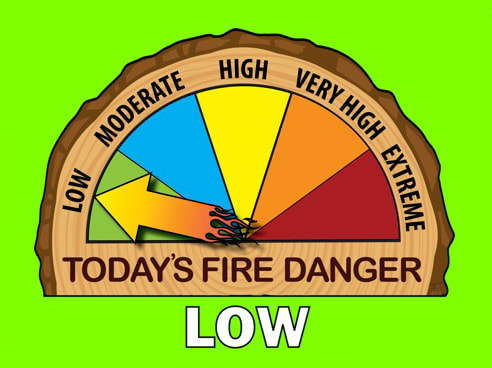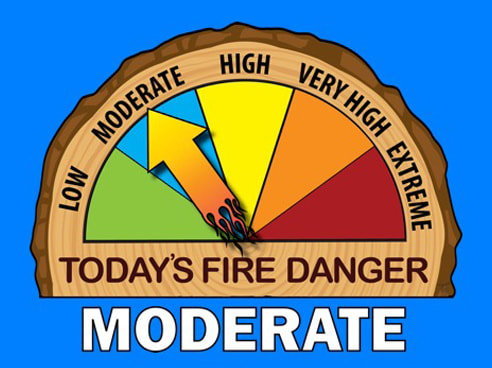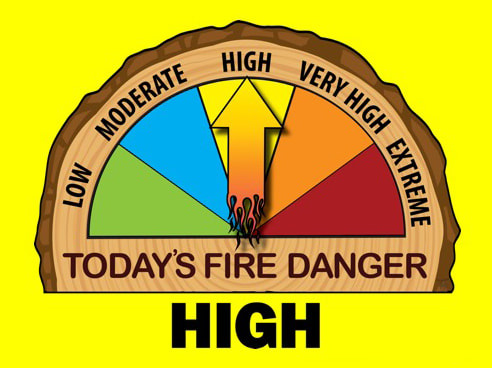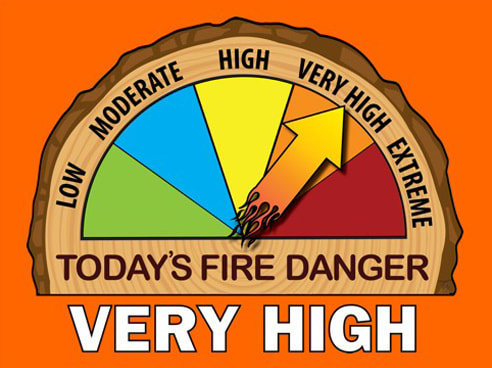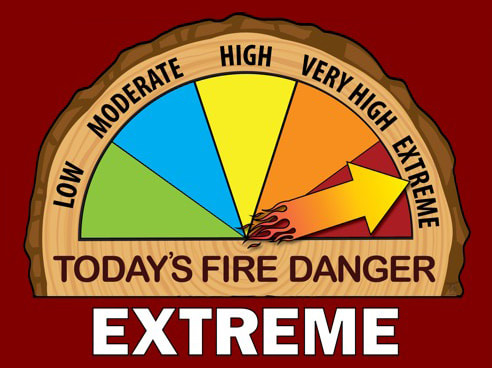Cloudcroft Fire & EMS
|
Adjective ratings and color codes for broad fire-danger classes are useful for fire management and for informing the general public of fire danger. Standard descriptions and color codes follow (Please note that variations in the following may exist due to agency and/or unit policy.
|
OUTDOOR BURNING CONDITION DESCRIPTIONS: NORMAL - Normal precautions such as keep watch over your fire and keep a rake and a charged garden hose available for use in keeping your fire in place should suffice. CAUTION - Exercise all normal precautions plus additional caution will be necessary to ensure containment of your fire. Never turn your back on your fire for even a moment. Periodically wet the area around your fire with a spray from your garden hose.
EXTREME CAUTION - Exercise extreme caution. Open burning is strongly discouraged. If you burn, do so only in a receptacle such as a burn barrel and ensure you use a screen over it to limit sparks from escaping. As always, keep a rake and a charged garden hose at the ready and periodically wet the surrounding area with a spray from your garden hose. Don't burn as much at one time. If the fire seems to be getting too hot, you may want to dampen it with a light spray from the hose as well. Again, never turn your back on your fire for even a moment. DO NOT BURN - Outdoor burning of any type should not even be attempted. Conditions are too dangerous to be able to burn safely under any circumstances. Fires can easily break containment no matter what precautions you take. Wait for another day. REMEMBER - Your fire is your responsibility! If you have a fire that breaks containment and causes a wildfire, YOU will be held responsible for the full cost of extinguishing the fire. In addition, you may face civil and/or criminal charges. You are responsible for damage to other people's property as well as timber damage and other possible fines, costs, and fees. Most municipalities and developments regulate outdoor burning. Know you local ordinances and community rules before you burn. Some communities do not permit burning at all. |
1100 James Canyon Hwy, Cloudcroft, NM 88317 575-682-3473 Cloudcroft Fire & EMS, 2013 © R. Napoleon Websites
